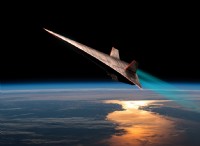1. 질량 : The heavier the object, the more inertia it has. Inertia is the resistance to changes in motion, so a heavier object will be harder to stop.
2. 속도 : The faster the object is moving, the more momentum it has. Momentum is the measure of mass in motion, and a higher momentum means more force is needed to stop it.
3. 마찰 : 마찰은 접촉중인 두 표면 사이의 운동을 반대하는 힘입니다. The greater the friction between the object and the surface it's moving on, the easier it will be to stop.
4. Shape and Aerodynamics: The shape of the object and its aerodynamic properties can influence how much resistance it encounters from the air. A streamlined shape will encounter less resistance and be harder to stop.
5. 탄력성 : An object's elasticity determines how much energy it can absorb and rebound from impacts. A more elastic object will be harder to stop completely, as it will bounce back.
6. The Stopping Force: 물체를 막기 위해 적용되는 힘이 중요합니다. A larger force will be more effective in slowing it down.
요약 :
* 더 큰 질량, 속도 및 탄성 더 단단하게 만드십시오 to stop an object.
* 더 높은 마찰 그리고 더 큰 정지 힘 더 쉽게 만드십시오 물체를 멈추기 위해.
이 요인들에 대해 자세히 설명하기를 원한다면 알려주세요!







